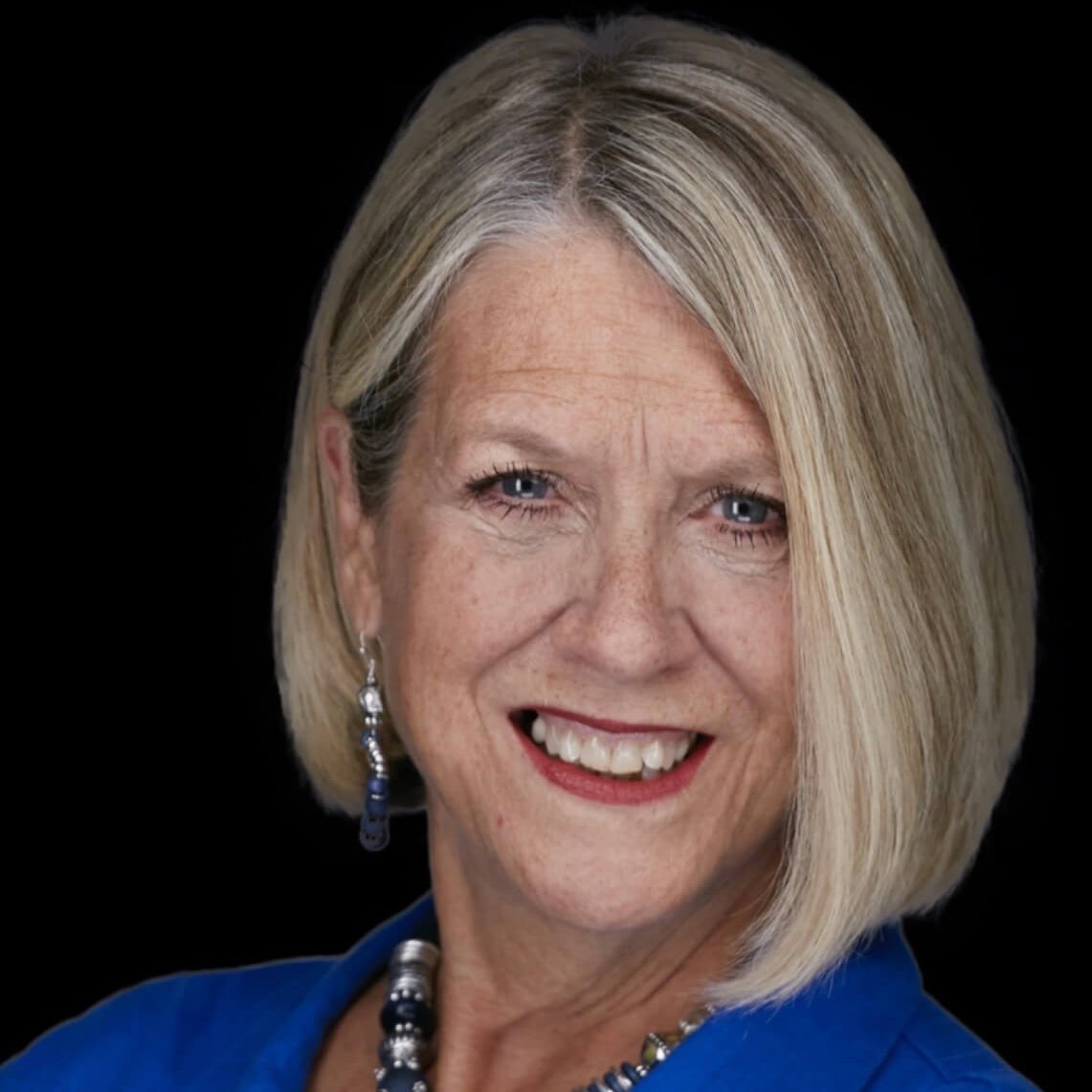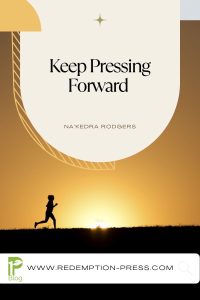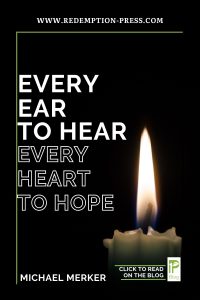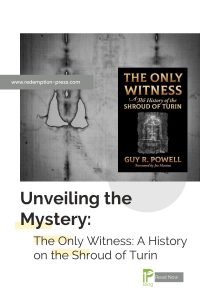“WHO SAYS?” The Inescapable Importance of Editing

By Inger Logelin
Sr. Editor, Redemption Press
In your school days, do you remember getting an English paper returned enlivened with colorful red marks? “Red marks” now come computerized in a word-processing program with “track changes” enabled, but the feeling may be the same when an editor returns your manuscript marked with more changes than you think warranted.
You may think, “Who does she thinks she is?” “What’s wrong with what I wrote?” “Who says?”
Who Says, Indeed?
Well, there are rules for these things. While they sometimes can be broken, if grammar and spelling rules are adhered to, the reading experience becomes seamless for the reader. In these days of spell check and autocorrect, an editor’s eye is still inescapably invaluable. An editor’s job is to look, really look, at the words and see what others may not. It’s rather like being a detective. Those with latent editor tendencies spot misspellings everywhere, on news banners running below a live feed, on menus, on signs, advertisements, and in books. Those with fully formed editor tendencies (and jobs editing) know to check everything. Everything.
There are rules, and there are sources. You start by flicking through the pages of an up-to-date dictionary such as Webster’s or catch it online at www.merriam-webster.com. Why? Because, in our beautifully fluid language, compound words morph. Words that were happily two words when you went to school, are often one word today.
The first go-to source for all things editorial is The Chicago Manual of Style: The Essential Guide for Writers Editors, and Publishers, 15th edition (CMOS). For newspapers and journalistic-style publications, The Associated Press Stylebook (AP) is first choice. In the Christian market, The Christian Writer’s Manual of Style (2004) is particularly helpful. Books and online sources for grammar, such as the “Grammar Girl” column on www.quickanddirtytips.com, Practical English Handbook (Watkins, Dillingham and Martin), Proofreading Secrets of Best-Selling Authors by Kathy Ide are additional samples of diverse resources.
Sticky Editing Wickets
Can’t we all just get along (without an editor)? Well, there are all these “sticky wickets” to deal with. (Small aside. Where did that phrase come from anyway? Apparently, it’s a cricket term referring to how hard it is to play on a wet and sticky pitch—that would be field for the uninitiated. Me.)
A bit of stickiness that editors often see in manuscripts submitted for editing include gender identification, the “you and I” dilemma, those pesky commas, restrictive clauses, and the ubiquitous use of “that,” and don’t forget “that” vs. “which.”
Gender Identification: Should a masculine pronoun be used to include the feminine? A frequently utilized solution is to just use the plural “their.” But, there’s a problem: A singular antecedent can’t take a plural pronoun. There are people out there, as we speak, trying to come up with a gender-neutral word that would avoid this he/she problem. Some suggestions are: heesh, shem and herm or even himorher. I suggest rewriting to avoid the issue, or even throwing in the feminine pronoun instead of the masculine. (“As anybody can see for herself, it would be better.”)
The Me and I Problem
Between you and I, we’ve got a problem, Houston! Those with a pompous flair will deliver zingers like this with aplomb. “The table is reserved for Frederick and I.” Nope, the table, if it is in fact reserved, is reserved for Frederick and me.
Practically Commatose
Aldo Manuzio, a Viennese printer, invented the comma in 1490 to “prevent confusion by separating things.” I read that in a delightful book by Mary Norris called Between You & Me: Confessions of a Comma Queen. Mary Norris, who for thirty years has worked in the New Yorker’s copy department, provides delightful examples of what a comma does. She cites the following Internet errors: “This book is dedicated to my parents, Ayn Rand and God.” “And then there was the country-and-western singer who ‘was joined by his two ex-wives, Kris Kristofferson and Waylon Jennings.’” If you don’t see what’s wrong with those two sentences, you may need to brush up on comma usage.
Not everyone agrees on when to use commas. There are different styles of punctuation. The New Yorker practices a “close” style, Norris says, where introductory clauses are separated with a comma, but not when they follow a conjunction (except ‘since’ or ‘although’) or when the meaning is restrictive. You got that, I know. (“Restrictive clauses” are just “phrases that narrow a category or identify a particular item in that category” (Kathy Ide in Proofreading Secrets of Best-Selling Authors).
It’s often a judgment call made by reading the sentence out loud and putting a comma where a natural pause falls. The printer who invented the comma used it for separating parts of a sentence, but that dear little “hook” can also effectively tie them together. Make the comma your friend, but don’t fall in love with it.
What’s That?
You may be surprised to know the word “that” is often edited out. CMOS now says, “The word that may be omitted in contexts that are clear without it.” It’s all about clarity.
Which?
Near Adams Lake in B.C., Canada, we visited with an elderly man tending his garden. Profoundly hard of hearing, he regularly, and loudly, inquired, “Which?” He’s not the only one with difficulties deciding on when to use which.
Use that with restrictive clauses, and which with nonrestrictive clauses, which are clauses that add something. Did you notice how I snuck in a comma before the last which? I wouldn’t have used one before “that.”
Here’s an example of a restrictive clause in a sentence:
Taxis that are dirty are illegal in Sweden.
Here’s a nonrestrictive clause:
Taxis, which are always expensive, cost less in Lower Slobovia than anywhere.
We haven’t even gotten to hyphens and apostrophes, who vs. whom, how to handle endnotes, or attribution of sources, but I can feel your attention waning and a yawn coming on.
All this grammar and usage stuff is worth knowing to make what you write clearer. That, by the way, is also what an editor is for. And that’s a good thing.
© Inger Logelin 2015
Like this post? Share with your friends.
Meet the Publisher

I've been around Christian publishing since 1987 when I helped our ministry self-publish an important resource for Vietnam veterans and their families. That book went on to be picked up by a royalty publisher and has since sold over 250,000 copies with a million in print.
I'm glad you're here…stop by often and take advantage of all the information we make available.






